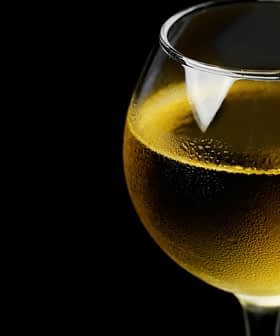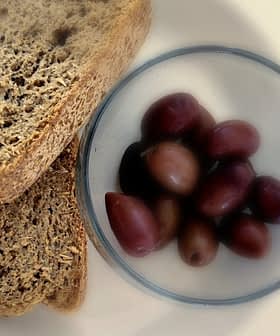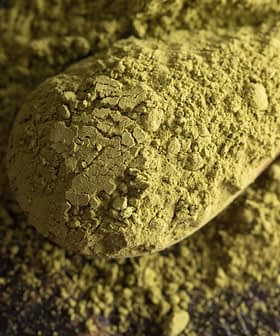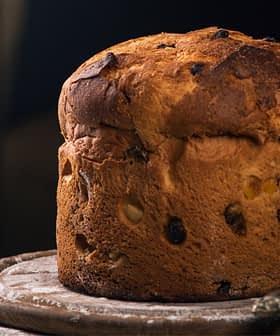The Sixth Sauce
Marie-Antonin Carême identified four mother sauces in French cuisine, not five as we know them today, with Béchamel, Velouté, Espagnole, and Allemande being the original four. Over the years, sauces have evolved from hiding spoiled food to enhancing the flavors of contemporary dishes, with extra virgin olive oil becoming a popular choice for contemporary sauces.

When Marie-Antonin Carême, the father of French haute cuisine, wrote in his 19th century cookbook about the four primary families of French sauces, he had no idea that 200 years later his teachings would still be the foundation on which classically taught professional chefs would be trained.
Yes, the prolific writer and first celebrity chef identified four mother sauces, not five as we know them today. For Carême, the mother (or sometimes called “lead”) sauces of French classical cuisine, from which all other small sauces began, were Béchamel, Velouté, Espagnole and Allemande.
Allemande? Not surprisingly, Allemande, a Velouté-based sauce with egg yolks, lemon and cream has since lost its place as head of the family. And so it should, according to Auguste Escoffier, another French king of chefs who later wrote of the five leading sauces: Espagnole, Velouté, Béchamel, Tomato and Hollandaise, as we know them today.
Later, the French introduced nouvelle cuisine and a host of butter sauces including the ever popular beurre blanc. Even so, the French mother sauces of Escoffier have remained the same for hundreds of years — that is until now.

Over a span of two hundred years since the publication of Escoffier’s Le Guide Culinaire, gourmands have gone from grand dining halls and banquet tables overflowing with meat dishes to one hundred-course extravaganzas with lustrous sauces and lavish centerpieces, to the current four-course menu, California cuisine, sustainable foods, and finally to anti-aging and molecular gastronomy.
Sauces have been used for centuries, first most likely to hide the taste of spoiled food, then to enhance color, flavor and texture, next as an essential element for contemporary plating techniques and now, most often to allow the food to shine through all on its own.
Professional chefs, home cooks and gastronomes have replaced Mornay, Bordelaise, and Hollandaise, made from roux, milk, beef stocks, and clarified butter with aioli, salsa verde, romesco, pesto, vinaigrettes, and purees whizzed and whisked with what else but olive oil. The best contemporary sauces for the best ingredients, local and simple, are based on seasonings, fresh herbs, and aromatics with a glossy seasoned drizzle of extra virgin olive oil.
Alice Waters, inspired by Parisian markets and French bistros, is widely recognized as the first chef to introduce the American palate to fresh, local sustainable ingredients. If Chef Waters finds it necessary when traveling to carry her own olive oil, I think it is time to elevate extra virgin olive oil to its proper place, to that of a classic mother sauce — to the head of her own family.









